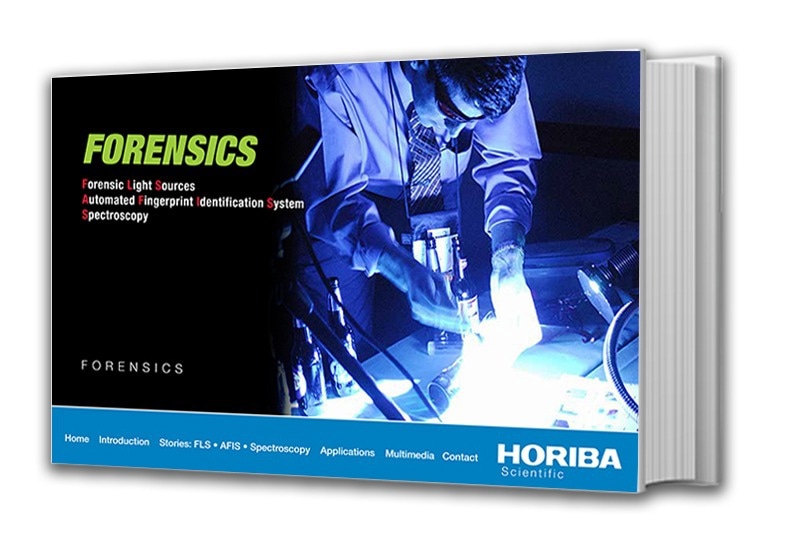HORIBA's Forensic Science eBook delves into the application of forensic science in crime-solving, spotlighting cutting-edge technologies such as forensic light sources, automatedFfingerprint identification, and various spectroscopic methods.
This publication features real-life cases where these innovative tools have played a crucial role in cracking cases, pinpointing perpetrators, and improving investigative outcomes. It covers a range of forensic fields, underscoring the profound influence of these technologies on contemporary policing and the criminal justice system.


 Download the eBook
Download the eBook
Summary
This eBook offers an in-depth look at the latest in forensic science methods and their crucial roles in crime-solving efforts. It examines groundbreaking forensic tools like Forensic Light Sources (FLS), Automated Fingerprint Identification Systems (AFIS), and several spectroscopic techniques including Micro-XRF and Raman spectroscopy. These methods are essential for uncovering and analyzing evidence like gunshot residue, explosive traces, counterfeit medications, and falsified documents.
Through various case studies, the eBook demonstrates the effectiveness of these technologies in resolving crimes, even those that were initially stymied by invisible evidence or had grown cold. Examples include using FLS to detect bodily fluids at crime scenes, AFIS in catching suspects through rare fingerprint links, and Raman spectroscopy in safely identifying controlled substances and explosives.
The eBook also ventures into the application of spectroscopy in combating food fraud, revealing how analytical chemistry can expose mislabelled or adulterated food supplements. It highlights cases of counterfeit fish oil and wrongly branded krill oil products, pointing out the potential health hazards of such deceit.
Furthermore, the role of forensic science stretches to areas such as art authentication and food fraud detection. By showcasing detailed forensic analyses, the eBook emphasizes the crucial role these technologies play in bolstering the accuracy and efficiency of forensic investigations. This, in turn, equips law enforcement with the necessary tools to solve crimes more effectively and uphold justice."

 Download the eBook
Download the eBook
This information has been sourced, reviewed, and adapted from materials provided by HORIBA.
For more information on this source, please visit HORIBA.